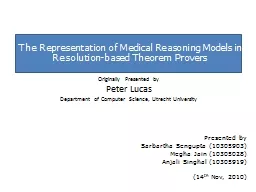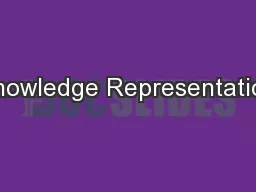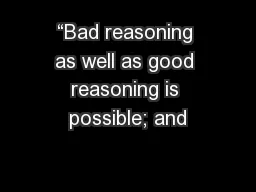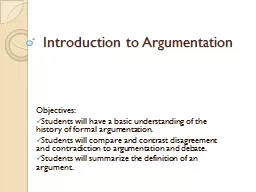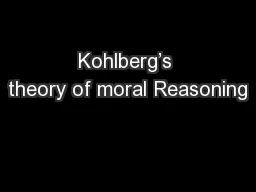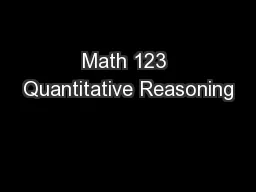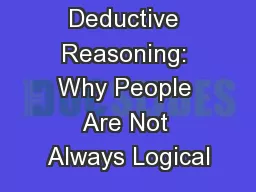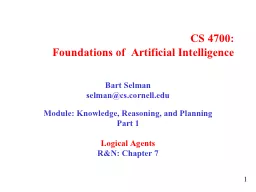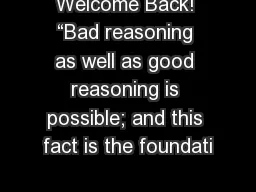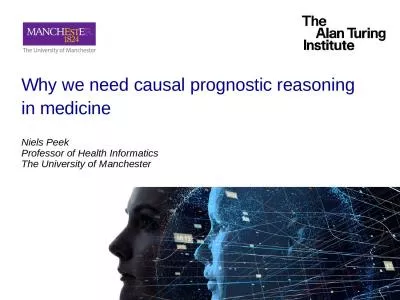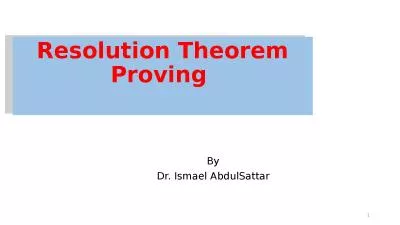PPT-The Representation of Medical Reasoning Models in Resolution-based Theorem
Author : bella | Published Date : 2022-06-28
Provers Originally Presented by Peter Lucas Department of Computer Science Utrecht University Presented by Sarbartha Sengupta 10305903 Megha Jain 10305028 Anjali
Presentation Embed Code
Download Presentation
Download Presentation The PPT/PDF document "The Representation of Medical Reasoning ..." is the property of its rightful owner. Permission is granted to download and print the materials on this website for personal, non-commercial use only, and to display it on your personal computer provided you do not modify the materials and that you retain all copyright notices contained in the materials. By downloading content from our website, you accept the terms of this agreement.
The Representation of Medical Reasoning Models in Resolution-based Theorem: Transcript
Download Rules Of Document
"The Representation of Medical Reasoning Models in Resolution-based Theorem"The content belongs to its owner. You may download and print it for personal use, without modification, and keep all copyright notices. By downloading, you agree to these terms.
Related Documents

